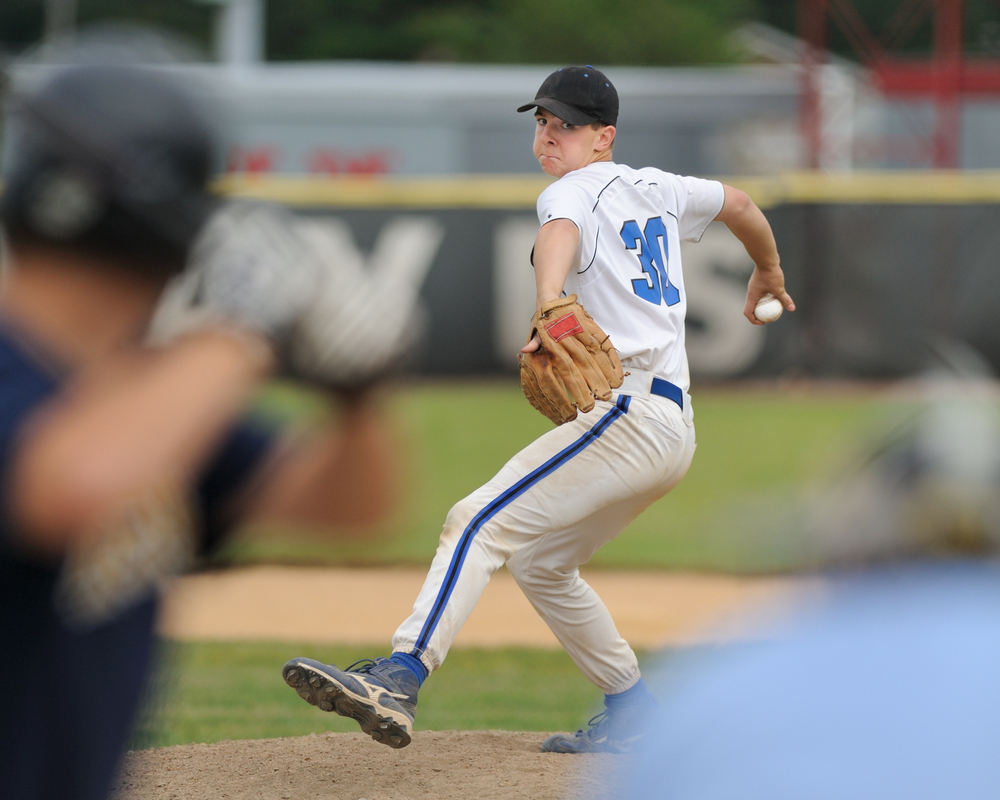Rehab Post Tommy John (UCL Reconstruction) Surgery
What is the ulnar collateral ligament (UCL)? It’s the “deltoid” ligament of the elbow. It’s comprised of a bundle of ligaments, posterior, anterior and transverse that maintain congruency of the elbow, specifically the humerus and ulnar. It resists valgus stresses through the elbow when throwing, carrying (baby carriers for example) and lifting. Essentially anytime the elbow is closer to the body than the hand, that group of ligaments is helping stabilize the joint.
When one hears Tommy John surgery, they usually assume it’s a baseball player or other overhead throwing athlete. However, the UCL can be torn in a number of ways, lifting heavy boxes without shoulder stabilization for one. Repetitive stresses through the medial elbow will eventually lead to tissue break down and failure.
What to expect with surgery
There will be two incision sites, medical elbow and harvest site. The UCL is essentially replaced with an autograft tendon from either the hamstrings, palmaris longus or other site. Commonly the graft tendon is threaded through the humerus and ulnar in a figure 8 pattern. Complications include temporary or permanent damage to the ulnar nerve due to its close proximity to the UCL. This is can occur at the time of injury, where the nerve is overstretched. At discretion of the surgeon, it may also need to be moved from being looped around the medial condyle to the front of the elbow.
Rehabilitation
Elbow will initial be placed in a sling or brace to keep at 90 degrees for tissues to heal. Physical therapy can be started at this time. Your therapist will give exercises that work surrounding areas to prevent atrophy and maintain ROM. Then progressively work on elbow extension with safe full extension by 4 weeks. Full ROM usually takes 2-4 months. Average return to competition for high level athlete is about 9-12 months. Less time if not returning to sport.
Cardiovascular and lower body/core training is important to maintain for conditioning and overall healing. Your therapist may also evaluate ROM and strength at the shoulder and scapula, as deficits here may manifest themselves with the elbow out of commission. These areas are also prone to guarding and over compensating when other areas are injured.
Goals of Physical Therapy
- Protect the reconstruction of both the primary site and graft site
- Progress ROM and Isometric strengthening with progression to Full ROM and active strengthening through full range based on post-surgical protocol
- Scapular and shoulder strengthening for improved stability and reduced strain through elbow
- Cardiovascular training for enhance healing and conditioning maintenance
Brianna Cook PT, DPT is a physical therapist specializing in orthopedic conditions.
Resources:
https://www.uwhealth.org/files/uwhealth/docs/sportsmed/SM-254408_UCL_Repair_Rehab_final.pdf
Sportsmed.org//aossmimis/Members/Downloads/AM2021/Handouts/IC108/Erickson.pdf

